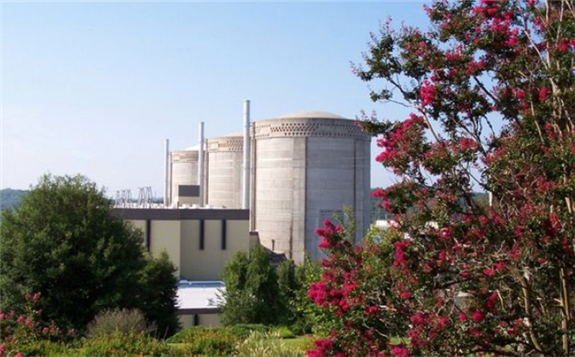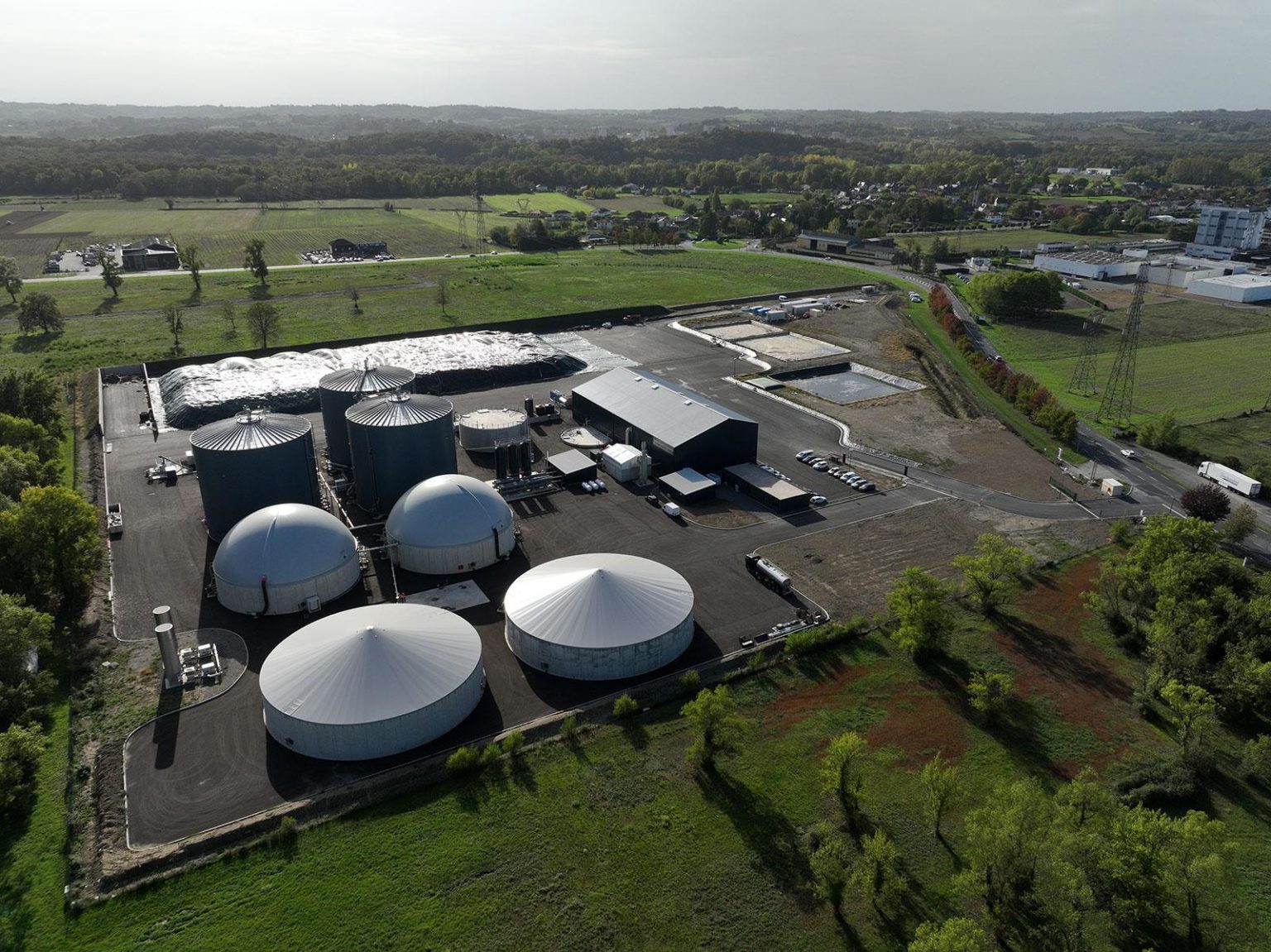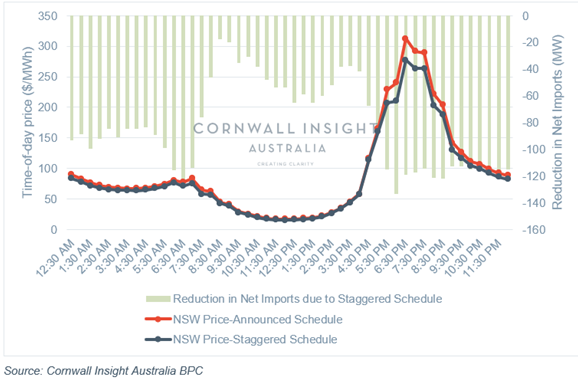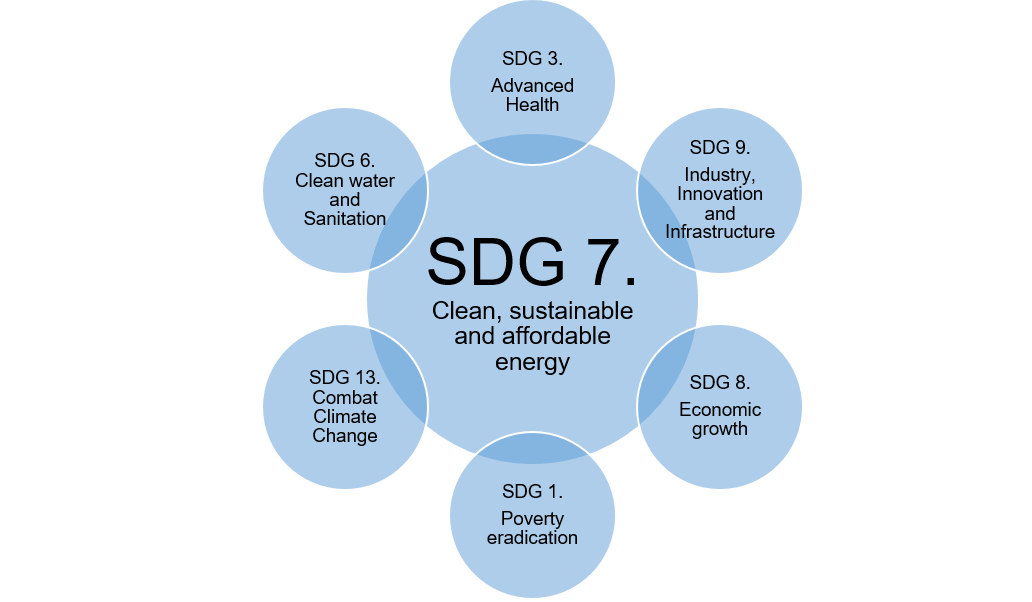Integrated Resource Plans (IRPs) filed on 1 September by Duke Energy Carolinas and Duke Energy Progress demonstrate the valuable role nuclear and natural gas can play as part of a balanced portfolio, the two companies said. The plans outline a range of options to achieve varying levels of carbon reduction, including for the first time potential pathways to achieve an emissions reduction of up to 70%.
 Duke Energy Carolinas' three-unit Oconee plant (Image: Duke Energy)
Duke Energy Carolinas' three-unit Oconee plant (Image: Duke Energy)
The IRPs are based in part on extensive input from more than 200 customer and stakeholder participants who provided recommendations in the areas of resource planning, carbon reduction, energy efficiency and demand response, the companies said.
The 2020 IRPs each present six potential pathways within the 15-year planning horizon that evaluate different possible resource portfolios. Each pathway keeps Duke Energy on a trajectory to meet its near-term carbon reduction goal of at least 50% by 2030 and long-term goal of net zero by 2050 in the Carolinas. Aggressive carbon reduction targets are achievable with investments in solar, wind and energy storage, while offshore wind, advanced nuclear and other technologies will play a role as they become available, the companies said. Nuclear and natural gas can play a "valuable" role as part of a balanced portfolio, sustaining carbon reductions by enabling early coal retirements.
"This is a clear-eyed view of the real-world requirements to achieve a range of potential public policy goals in the Carolinas, consistent with Duke Energy's mission to provide all customers with affordable, reliable and cleaner energy," said Lynn Good, Duke Energy chair, president and CEO.
Duke Energy Progress and Duke Energy Carolinas, both part of Duke Energy, are required to make yearly filings of IRPs with the North Carolina Utilities Commission and the Public Service Commission of South Carolina. They must file comprehensive versions of the plans - such as this most recent filing - every other year. The two companies' portfolios include a total of 11 nuclear reactors at six sites in North and South Carolina.
Matt Crozat, senior director of policy development at the Nuclear Energy Institute, said: "Duke Energy has taken a step toward its carbon-free future by recognising the importance of small modular reactors and advanced reactors in meeting its energy goals. These reactors will provide safe, always-on, carbon-free energy with the potential to complement wind and solar. This builds on Duke Energy's commitment to pursue second licence renewals of its entire nuclear fleet, and demonstrates that both today's nuclear plants and technologies of the future can and will contribute greatly in meeting our climate goals.
"More importantly, Duke Energy's plan follows an emerging trend that acknowledges a clean energy economy is only possible with all carbon-free technologies working together. As more companies and policymakers look for solutions to our climate challenges, we must create a pathway to ensure nuclear, wind, solar and other carbon-free technologies successfully exist together."







